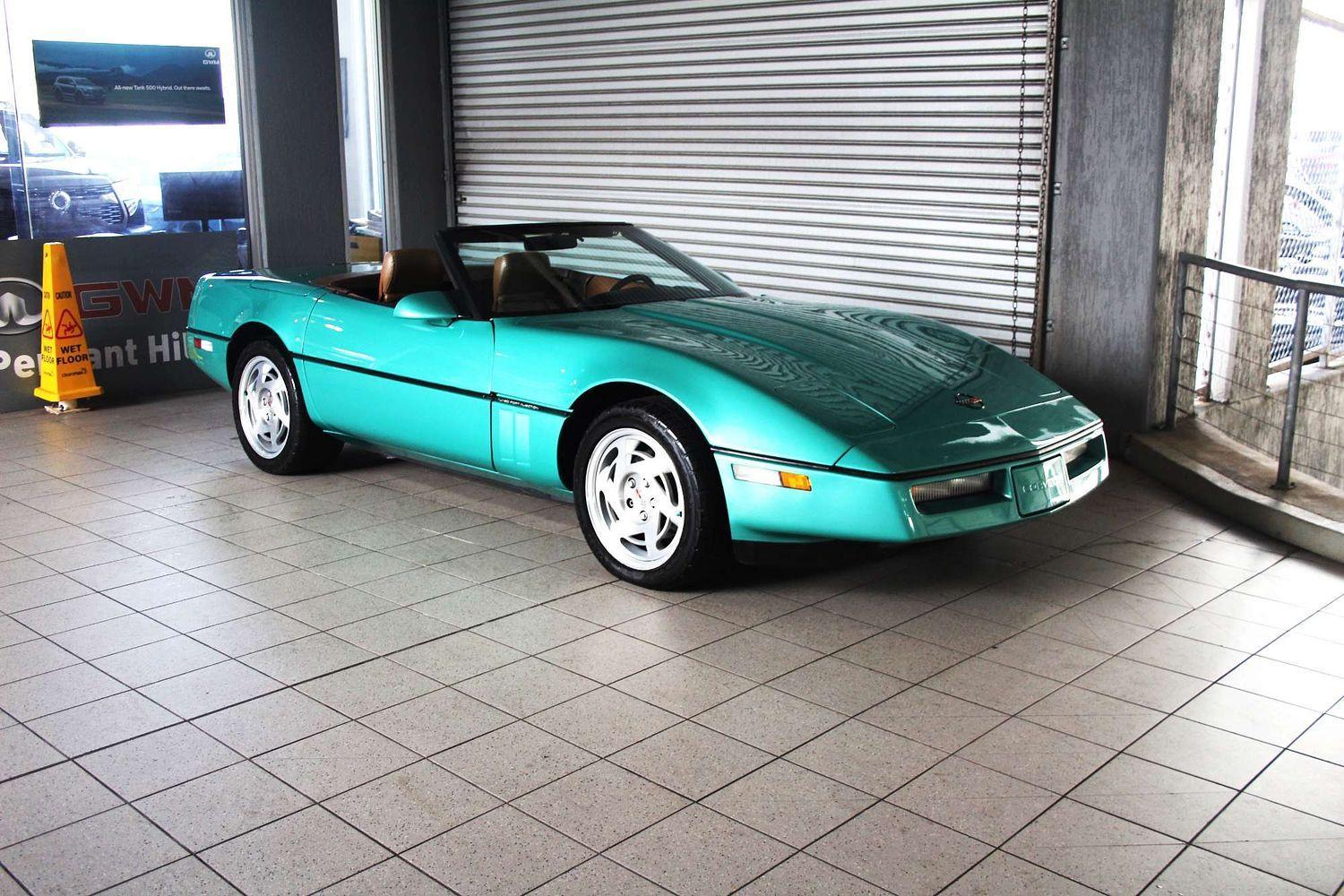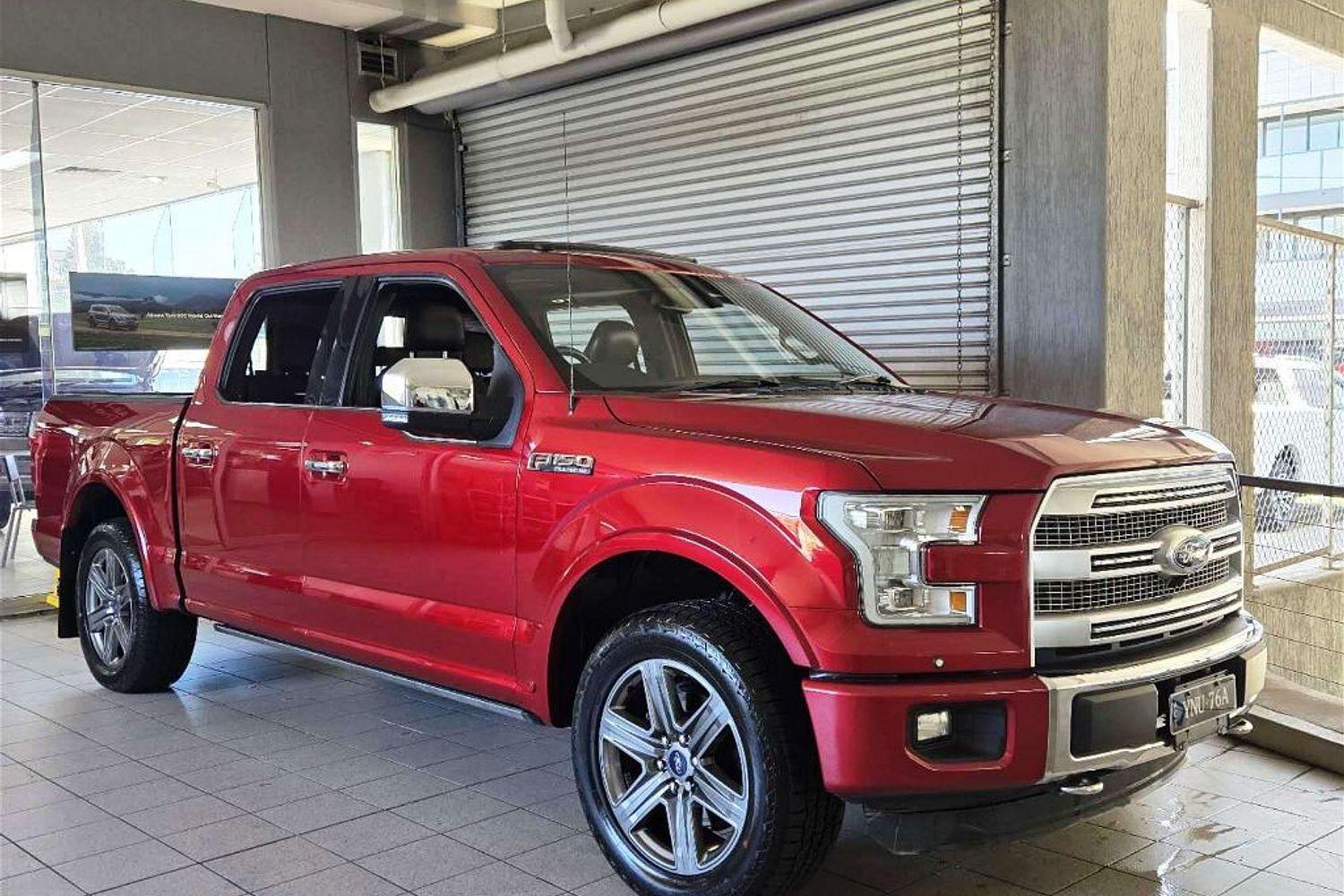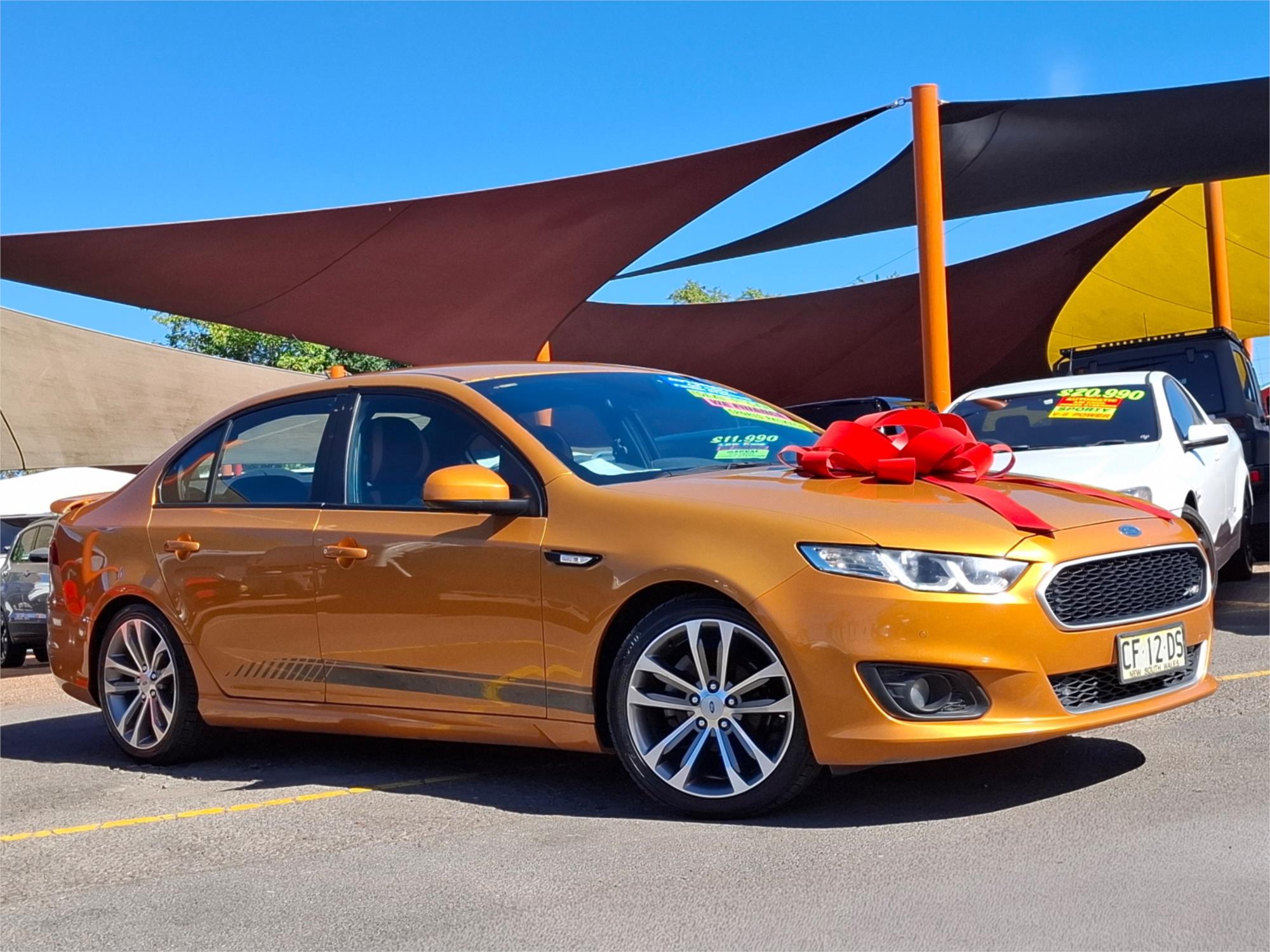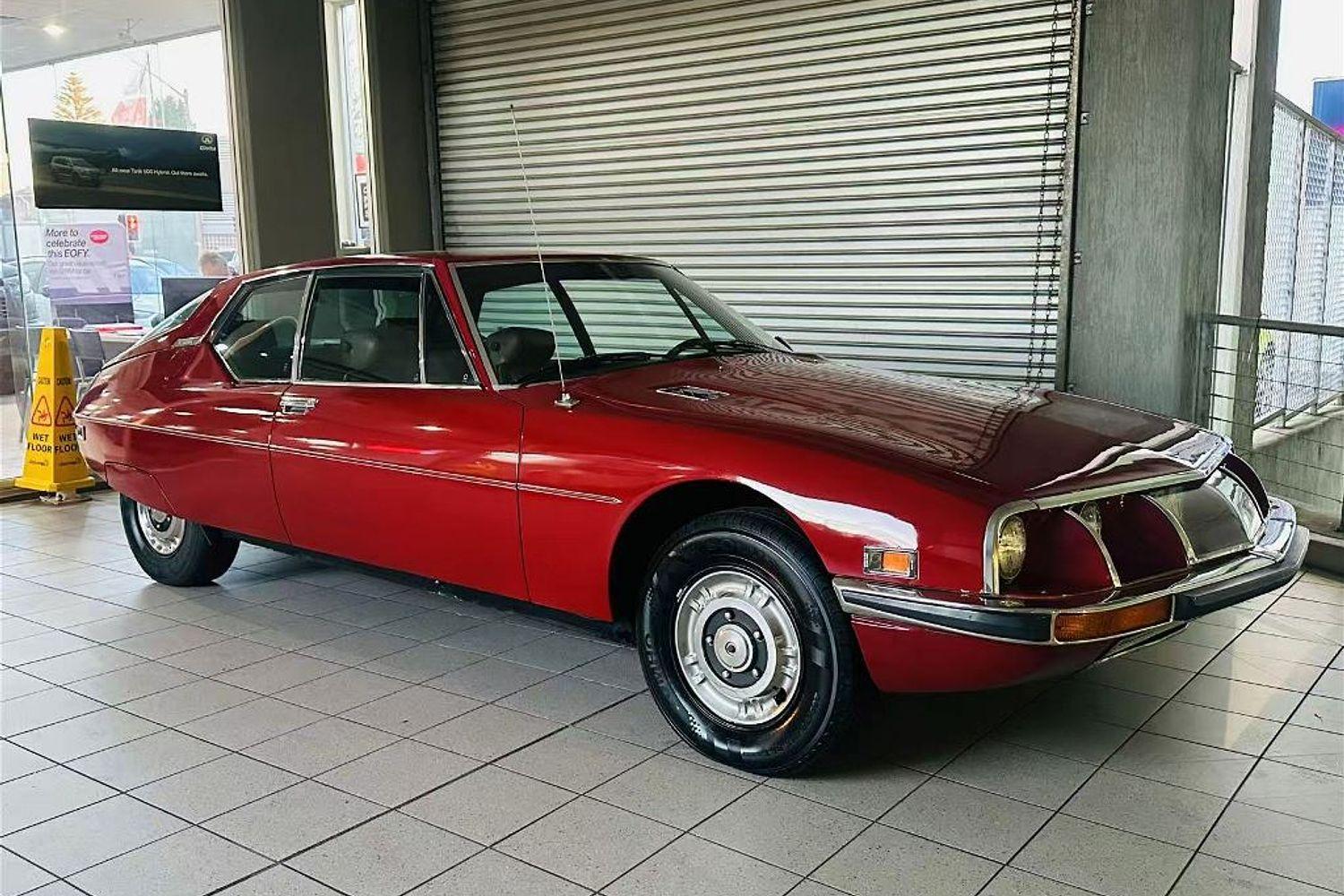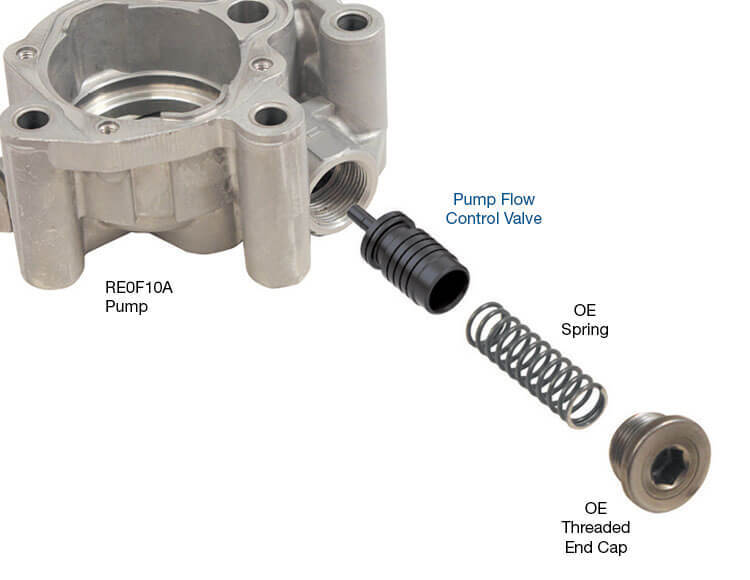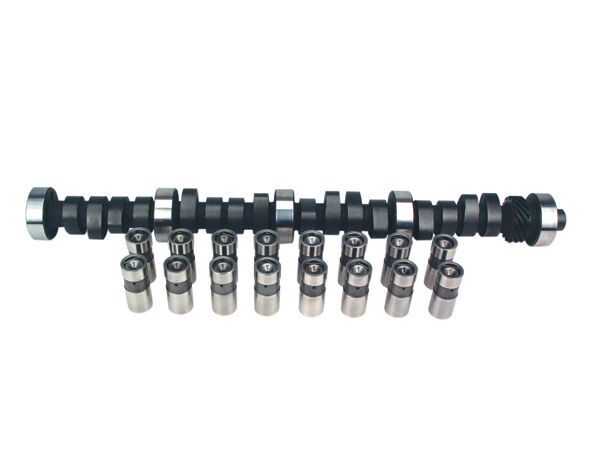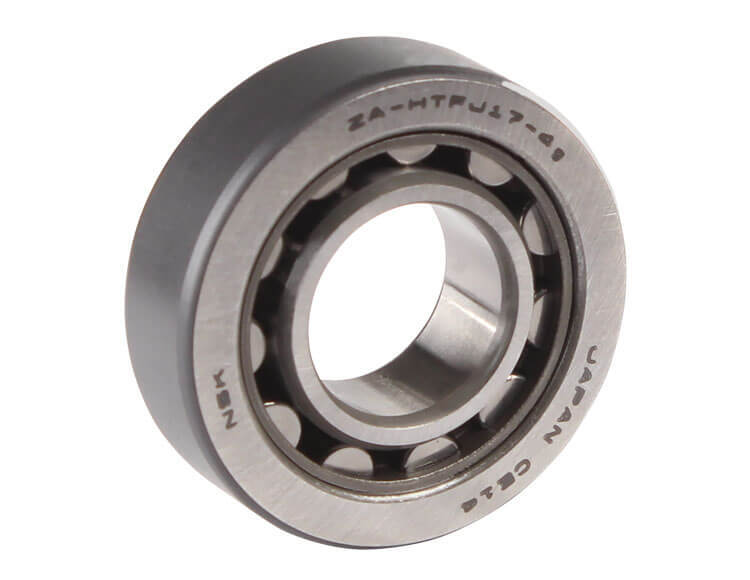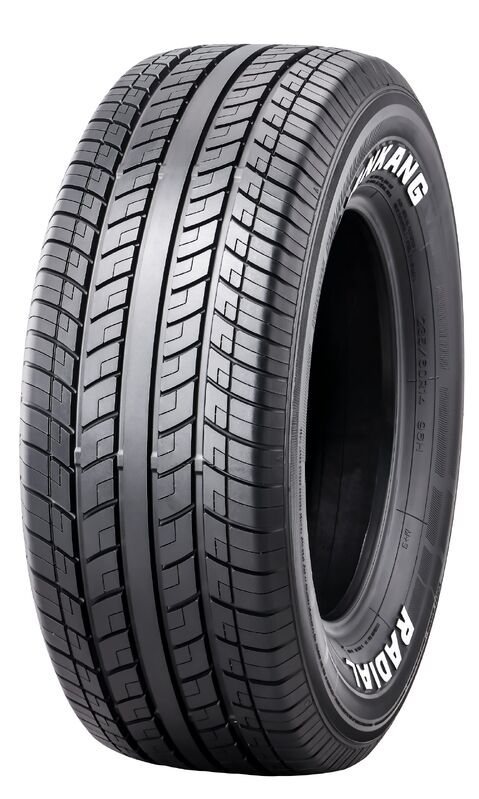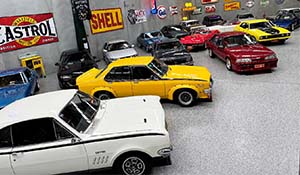2019 Alpine A110
Affordable two-seat sports cars don’t sell in big numbers and few manufacturers have the courage to try them as a business. The Alpine is even more committed than the Mazda MX-5 or Toyota GT86/Subaru BRZ. It’s mid-engined, and its body is entirely purpose-designed aluminium. That makes a car of 1100kg even though it’s roomy enough.
Go look at some photos of the original A110 – did ever a prettier car win the Monte Carlo Rally? It provided a gorgeous stylistic vision for the new car’s designers. It came out in 1961, just before the first Porsche 911, and the Alpine designers wanted the new one to have a similar relationship to it as a new 911 does to the old Porsche. Their job was to bridge the missing generations.
The original by the way had a steel frame, glass-fibre panels and a rear-mounted engine. The new one uses fully modern materials and principles. It’s a very clean exterior design, because most of the aero work is done by a big underfloor diffuser sucking the A110 onto the road at speed. It arrives as a ‘Premiere Edition’, loaded with kit, but two other versions will follow with more choices.

What’s the interior and practicality like?
Again, in deference to the original A110, the new one has a bulging instrument binnacle, and diamond-stitched upholstery. Our test car came in French Racing Blue too, and there are flashes of that around the cabin.
Alpine has gone to some expensive effort to make it look special. The air vents, for instance, are unique to the car, not just burgled Renault items. The seats are lightweight fixed-back buckets. To adjust height and tilt you have to get the Allen keys out. But they slide a long way back and the steering column adjusts too, so it’s perfectly possible to end up with a great driving position.
No question the seats support you firmly in hard cornering but they do have some upholstery, so they’re not excruciating on longer runs. Still, of you want more comfort, or you’re wide across the hips, there’s an optional set of electrically adjustable chairs. They do add weight mind.

The instruments are a TFT screen. In the normal driving mode they fake up a speedo, tacho and three small dials (clock, fuel, temperature). A vacant portion of that display lets you scroll through navigation arrows, trip computer or stereo details. Hit the sports button and the display emphasises revs and gear. Finally, in track mode you get big bar-graphs for revs, shift-up lights, boost and the like.
An Alcantara skin and a contoured shape make the steering wheel hand-friendly. It carries the red mode-change button, plus cruise controls. The trip-computer buttons are on the wiper stalk and another stalk controls the music track, source, station and volume. The central screen isn’t burdened with the climate controls. They have their own panel of easily fathomed buttons and knobs.
The A110 isn’t entirely devoid of cabin storage, at least for small objects: a phone tray below the gearshift buttons, a pocket and cupholder behind your elbow, and a couple of other pockets. No door bins or glovebox, and you can’t just sling stuff behind the seats. Not like a hot hatch, in other words.
The front boot is 100 litres. It’s shallow but conveniently rectangular and will just about swallow a pair of airline carry-on cases. Another boot in the back is a similar size but more awkwardly shaped and lives under a tiny lid.

What are the controls and infotainment like?
A touchscreen sits on the centre of the dash, to handle navigation, phone mirroring (not proper CarPlay through) and stereo. It’s not a very glitzy system, but hey, nor are the ones in its rivals.
A hi-fi by French specialist maker Focal comes on the high-spec launch model and optionally on the other trims. The central display will also show a colossal amount of detail on the engine outputs, temperatures, g-loads, track times and more, displayed as figures and graphics. Far too detailed to take in while you’re actually driving, but you can record it for later.

What’s the performance like?
Oh good grief, where to start? How about the engine? OK, it’s merely really good; everything else that matters is just awesome. The turbo pumps efficiently from well down in the rev band, and the red line isn’t until 6700rpm. The best regime is over by 6000 though. The engine doesn’t have that magical sports-car characteristic of drawing you ever higher.
But it’s largely free of lag, and the gears are more suited to road driving than the galactically lengthy ratios in a Porsche 718. It gets to 100km/h in 4.5 seconds, thanks in part to an abundance of traction. Under way, tickle the throttle and it squirts ahead convincingly, far more so than the Mazda or Toyota – it’s in Porsche 718 territory.

This is such a light car that it can get away with a small engine. At 1.8 litres in all, each of its little pistons sweep just 450cc and don’t make much vibration. So, even though the engine is pretty firmly mounted in the body (to improve handling precision) you don’t feel much in the way of shakes or vibes.
That doesn’t mean it’s quiet, but it has been tuned to give out a lot of the breathy induction blare that calls to mind highly tuned carburettor engines in those of us old enough to remember. And by the way, it sounds better than the four-cylinder engine Porsche is now using in its mid-engined cars (if not the six it used to use). Click it into Sport or Track mode and the active-flap exhaust – standard on the Premiere Edition, optional elsewhere – opens up to issue extra bass and some over-run popping.

What about the ride and handling?
The gearshifts are smooth and well timed in the auto mode, but c’mon, that matters little. You’ll be doing it yourself via the big aluminium paddles. Those manual shifts are swift and snappy, too
So you’re going to be arriving at corners at pretty smart speeds. No fear, the brake pedal is confident and firm under the ball of your foot, and the deceleration it summons can be brutal if you choose. But of course, you don’t need to slow down much for a bend, as this thing is grippy, despite the skinny tyres – just 205-section at the front and 235 behind. But again, given the light weight, they’re enough.
Enough, but not too much. This isn’t a car that grips at all costs. The talkative steering lets you know as the tyres start to edge outward. Its a magical combination of force with delicacy. As the tyres ride crests and dips and surface changes, you feel it all in your fingertips. Through the apex, it’s neither understeering nor oversteering, but just holding a neutral stance. Unless you opt to provoke it, but even so it’s progressive. Besides, the rear end doesn’t step out like in a front engined car.

Best of all though is that you feel this stuff at road speeds. It’s not one of those cars that’s mute until it’s on a track. It wants to engage with you all the time. Beyond the impregnable default safety net of the ESP, you can select two further settings that allow it to move around a fair bit but still look after you. If you’ve the space and the skills, a button-press takes it fully off.
When the road gets bad, the A110 can cope with hugely undulating surfaces without losing control, a tribute to the long-travel suspension and fine dampers. They’re not adaptive either, and you don’t find yourself wishing they were. Sure the ride is fairly firm. But because you’re sitting low down, your head isn’t rocked or pitched about. That stops it feeling tiring. The A110 can also cruise pretty quietly, and generally you hear far less transmission and suspension noise than in a Lotus. Tyre noise is quieter than most Porsches too.

What about safety features?
It’s got a modern structure, with serious strength built-in. And absent a front engine there’s more energy-absorbing space in the nose. The brakes and grip are terrific of course, but you won’t find many active safety aids beyond the ABS and stability controls. Outward visibility is decent, and there are rear parking sensors.
So, what do we think?
There are really only three globally successful small affordable sports cars – the Porsche 718 (not that small or affordable), the GT86/BRZ pair and, most successful, the MX-5. Many other manufacturers have tried and failed. It’s a really tough job to make something that’s habitable and safe and daily useable. Most carmakers try and give up because their efforts are too hardcore and don’t sell, or they’re too timid and too close to regular production hatchbacks.
The Alpine suffers none of those failings. It’s as daily-useable as an MX-5. But it’s a step ahead on driving dynamics, even compared with the Porsche.
BYLINE: Words by Paul Horrell via Practicalmotoring.com.au Photos by manufacturer



